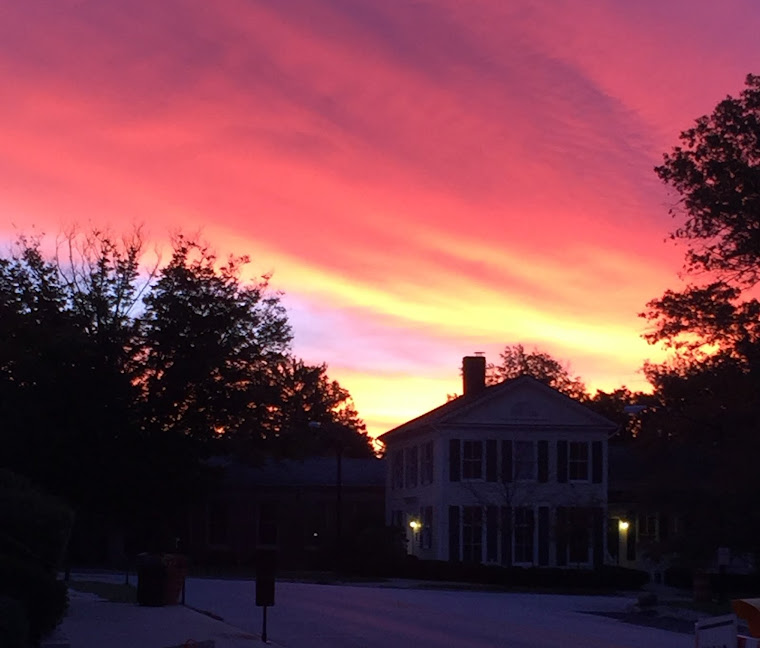About a month ago there was a feature in the New York Times about the fiftieth anniversary of the publication of Anthony Burgess' wild and brilliant novel A Clockwork Orange. (Link to NYT story.) The first printings are very expensive now--I just checked on ABE: You can get (me) a signed first for only $12,500.00--not a lot to honor a former English teacher, you know? (Link to 1st ed)
I did not read the book when it first came out in 1962, the year I graduated from high school. In fact, my first memory comes from my senior year at Hiram College (1965-66) when classmate and good friend Claude Steele (long an adornment of the faculty at Stanford University) was reading it for some class or other (or maybe just on his own?) and was waving it around the dorm as if he'd found another Rosetta Stone, this one unlocking the code to the entire universe.
But I still didn't read it right away. I was still in that phase (that lasted, oh, several decades more) whose principal characteristic about books was this: If I haven't read it first, then it's not really worth reading. But I did read it pretty soon (I can tell because my copy does not have the little pencil note about the date I read it--a practice I adopted, oh, in 1969 or 1970), and my initial reactions were, in contemporary shorthand, WTF?!?
The book's second sentence: There was me, that is Alex, and my three droogs, that is Pete, Georgie, and Dim, Dim being really dim, and we sat in the Korova Milkbar making up our rassoodocks what to do with the evening, a flip dark chill winter bastard though dry.
I'd not read very much (i.e., nothing) that resembled that, and I remember reading the book with one finger at the back, where appeared a glossary that Burgess had thoughtfully appended.
When Kubrick's film came out in 1971, I had yet another WTF?!?! experience (CLOCKWORK trailer). That film was the celluloid equivalent of the book insofar as it jarred my ideas of what an art form can be. And I was hooked--both on Burgess and Kubrick. I pretty much read everything AB wrote, saw pretty much everything SK released.
And Burgess (1917-1993) was a prolific son-of-a-gun. He wrote some thirty-three novels in addition to collections of essays, short stories, plays, poems, children's books, biographies (including one I've always liked about Shakespeare), translations, literary criticism (a specialty--James Joyce), musical compositions ... It's not fair, really, all that talent in one person.
His novels were all over the place--an Arthurian one (Any Old Iron), some books about a literary alter ego (named Enderby), a funny novel about Russia (Honey for the Bears), one about Shakespeare (Nothing Like the Sun), another about Jesus (Man of Nazareth), and Christopher Marlowe (A Dead Man in Deptford) ... I think I've read pretty much all of them.
I used to enjoy watching Burgess on talk shows, including an especially notable appearance on William F. Buckley, Jr.'s show Firing Line in December 1972 when these two very witty, very quick, very learned and literate guys fenced for an hour on PBS. (You can watch all of it on Amazon streaming: Firing Line or some clips on YouTube.)
Burgess' death (cancer) was a shocker for me. (NYT obituary) He had been so energetic and prolific that death seemed an unsuitable fate for him. Death, I thought (think!), should be reserved for those whom the world will not miss.
Unfortunately, Death doesn't care what I think, and so Burgess joined in slumber those great men and women whose wonderful words he'd read and absorbed and transformed into some wonders of his own.
 |
| Anthony Burgess |


















































